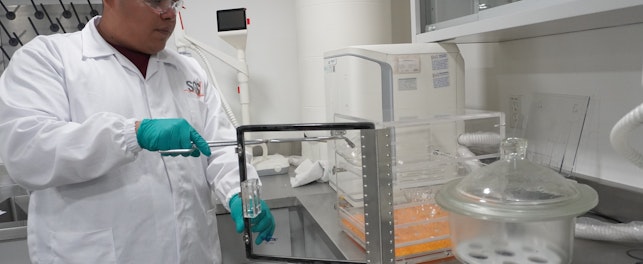According to the influential Ellen MacArthur Foundation, “every second, the equivalent of a rubbish truck load of clothes is burnt or buried in landfill.”1 While the global fashion industry employs and brings happiness to millions of people all over the world, its current linear economic model of manufacture, distribute, wear and discard is no longer sustainable on a planet with finite resources.
It is estimated the average garment is only worn ten times before disposal.2 This represents a 36% decrease in the last 15 years, with many clothes not even lasting a year before disposal.3 At the same time, the number of garments we buy is increasing rapidly – more than doubling since 2000 and exceeding 100 billion items in 2014.4
Flimsy clothing and sky-rocketing global demand means an estimated 92 million tonnes of textile waste is created every year.5
The circular economy
The linear economic model of manufacture, distribute, wear and discard is being replaced in some countries by a model where products are manufactured, distributed, worn, re-used, repaired and finally recycled. In this circular economy, materials and products are used repeatedly, thereby reducing the constant need for new resources.
While this approach has obvious benefits for the environment, a circular economy also has financial advantages. It is estimated moving to a circular economy will release USD 4.5 trillion into the global economy by 2030.6
France is currently leading the way in shifting from a linear to a circular economy. With the adoption of its comprehensive Anti-Waste Law in 2020, it aims to reduce waste and pollution at the product design stage. While some of its provisions do not currently relate directly to the fashion industry – the introduction of a mandatory repairability index for electrical and electronic products, a ban on single-use plastic packaging, etc. – it is clear that with goals such as the promotion of better resource management and greater transparency of information for consumers, the shift towards a circular economy will inevitably impact the design, sale and disposal of clothing items.
While France leads the way, manufacturers and brands should assume that other countries will follow as an effective circular economy is the only way to operate efficiently on a planet with limited resources.
Recycling clothing
It is estimated only 1% of textiles are currently recycled. The vast majority are either burnt or end up in landfill.7 The reasons behind this low figure are complex but include the challenge and cost of recycling mixed fibers, concerns over the quality of recycled fibers, poor textile recycling infrastructures and a lack of awareness among consumers. In some markets, there may also be a reluctance to wear second-hand clothes.
Clothing durability
Many manufacturers are now seeing the advantages of producing clothing items with greater durability.
These include:
- Increased customer satisfaction and loyalty
- Smaller environmental footprint – a product’s environmental impact is reduced if it lasts longer and is easier to repair
- Opportunities for clothing rental/re-use/recycling initiatives as secondary revenue streams
- Improved brand image – consumers gravitate towards brands that prioritize durability and sustainability
- Enhanced market position – brands can position themselves as leaders in the circular fashion movement
In some markets, companies may also benefit from financial incentives. For example, in France, the eco-organization in charge of textiles, household linens and footwear waste management offers some discounts on fees if products are more durable and comply with set physical performance requirements. Read our recent SafeGuardS to learn more.
With more countries looking to shift towards a circular economy, manufacturers and brands that focus on durability will not only ensure continuing market compliance, they will also benefit from happier customers and access to positive initiatives such as take-back and recycling.
SGS solution
We offer a comprehensive range of durability assessment services to help manufacturers develop garments and textiles with a longer lifespan. Our solutions can be tailored to the individual requirements of the manufacturer or brand, and can include testing protocols covering base materials, performance and longevity. These services are proactive, augment best practice and help manufacturers to deliver value-added products to markets all over the world. In the end, it’s only trusted because it’s tested.
Learn more about SGS’s softlines and accessories services.
Enjoyed this article?
Find more news and updates in our Consumer Compact newsletter >
Delivered direct to your inbox
Subscribe to Consumer Compact >
References
1 Fashion and a circular economy | Ellen MacArthur Foundation
2 Pulse of the Fashion Industry 2018 - Global Fashion Agenda
3 A New Textiles Economy: Redesigning Fashion's Future (ellenmacarthurfoundation.org)
4 Style that’s sustainable: A new fast-fashion formula | McKinsey
5 Why clothes are so hard to recycle - BBC Future
6 How can businesses hasten the transition to a circular economy? | World Economic Forum (weforum.org)
7 A New Textiles Economy: Redesigning Fashion's Future (ellenmacarthurfoundation.org)
© SGS Société Générale de Surveillance SA.




